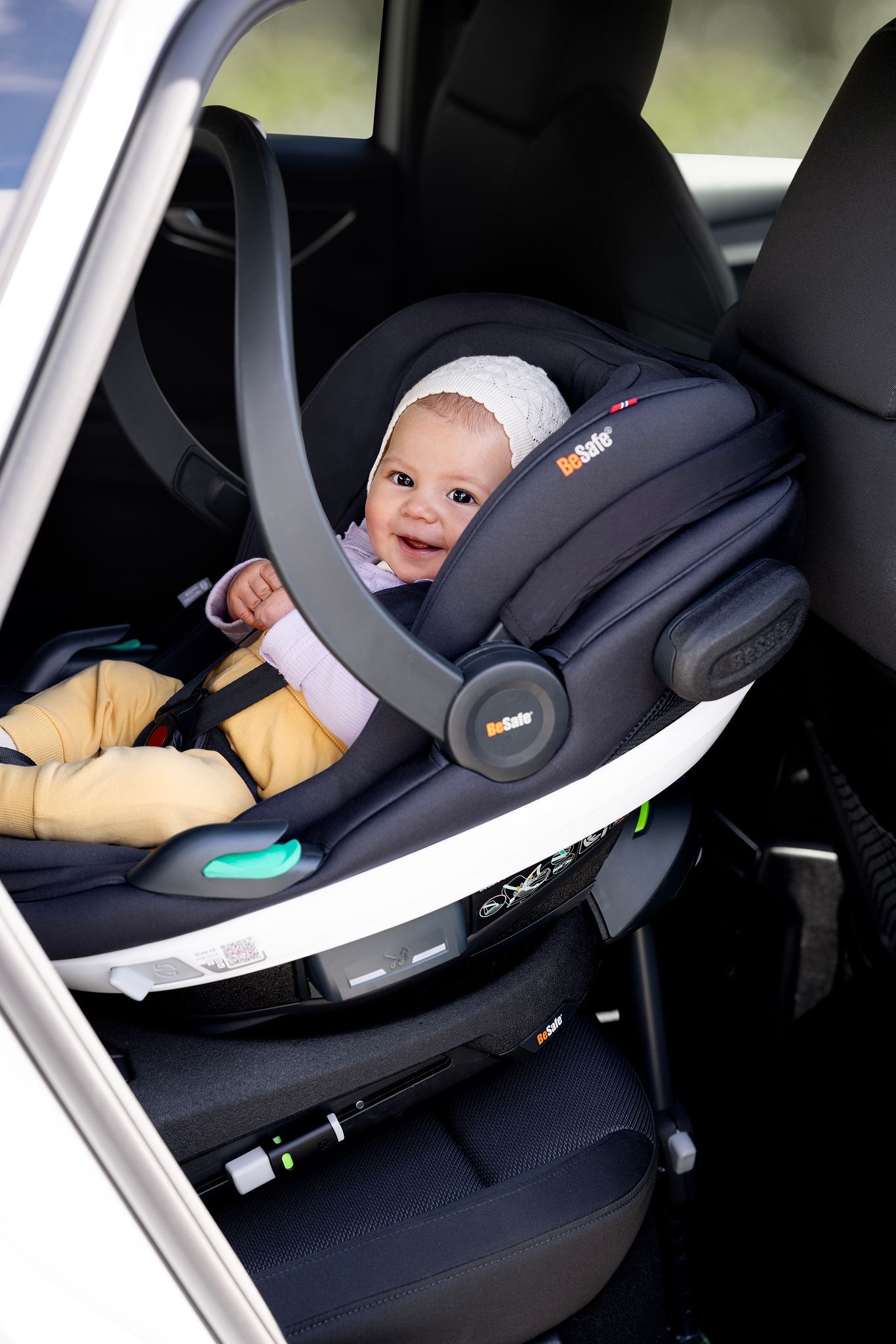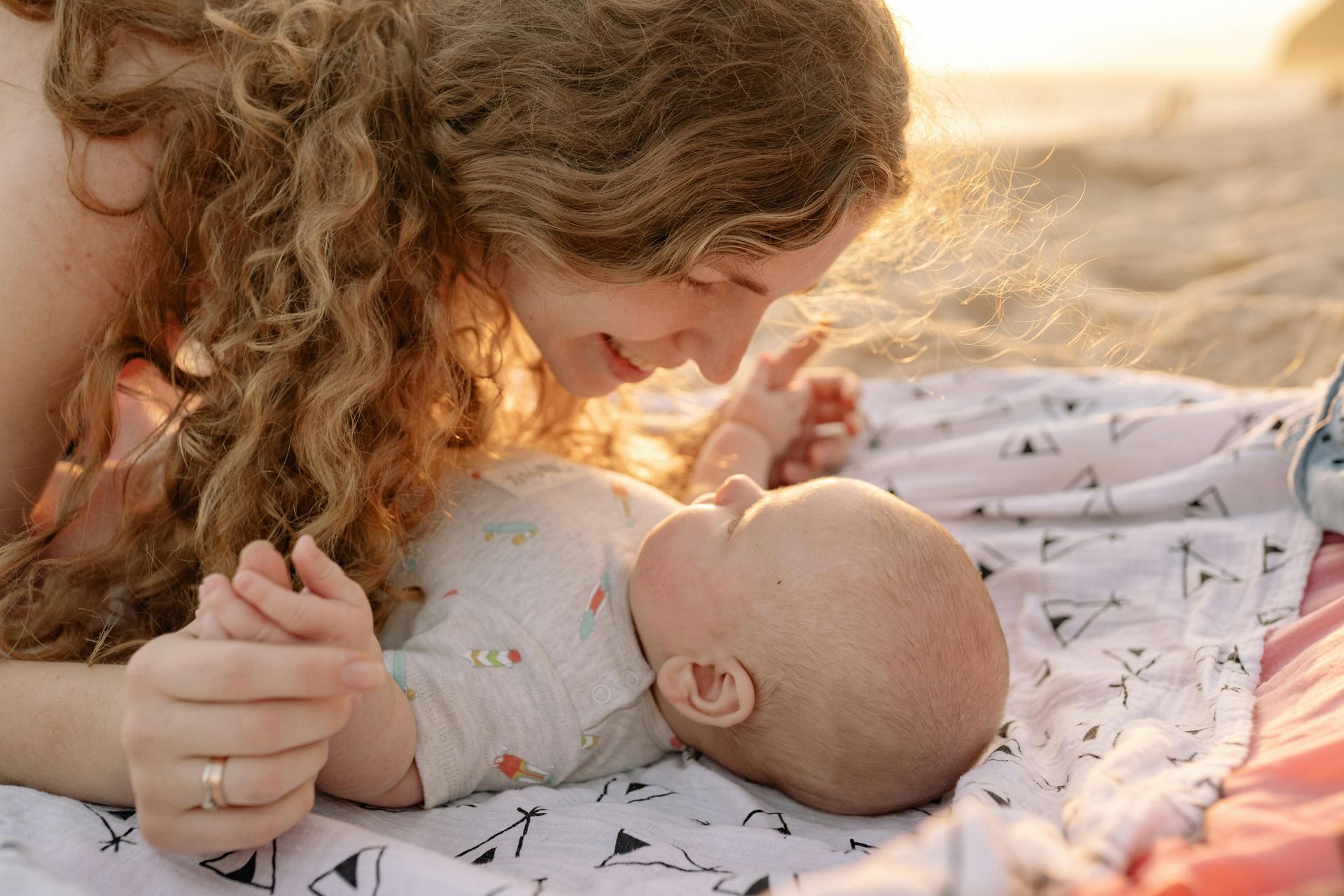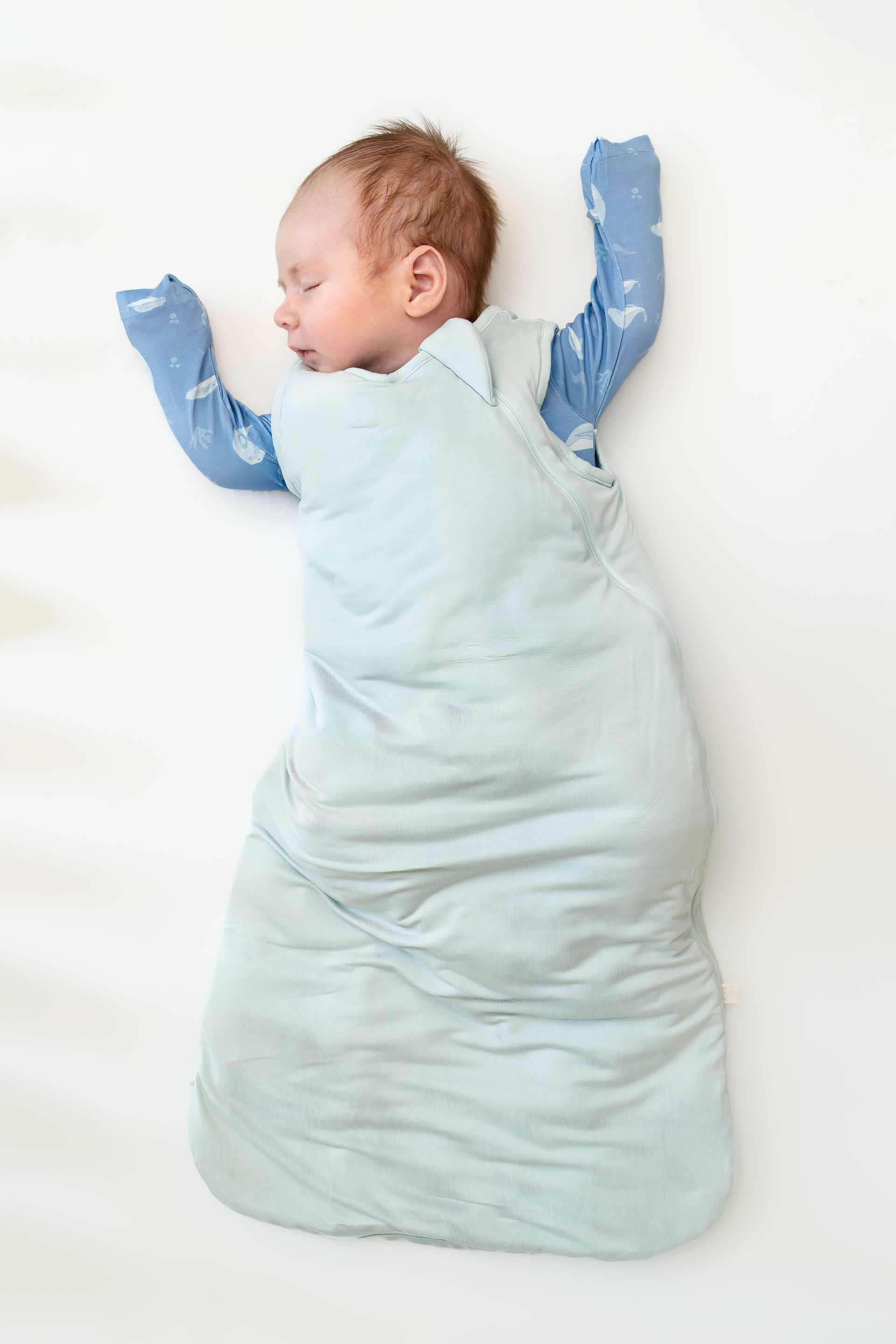Should I Ever Wake my Sleeping Baby ?
Answering the question on every parent’s mind
Written by : Lamis Benjelloun
How many of you have been told to never wake a sleeping baby ? Or more accurately, how many times have you thought about NOT waking your baby ? Afterall, it takes so much work to put them to sleep, why on earth would we want to wake them up ? In most cases, you would be right, there is usually no need to wake a sleeping baby, but here are 5 cases in which you should, in fact, wake your baby from a snooze :
- To reset a newborn’s clock
A lot of babies will experience day/night confusion within the first few weeks of their lives. They may sleep long stretches during the day and are up every couple of hours at night. To address that and “set the record straight”, we encourage parents to wake their baby if their daytime nap is longer than 2 hours. - To feed a newborn
In some cases, and per the paediatrician’s advice, we may need to wake baby up to feed them if they are not feeding at the frequency they need to grow and thrive. - To get the day started
In order to maintain the right balance between daytime sleep and nighttime sleep, we need consistency in wake up time. If the child does not naturally wake up at a consistent time, we should aim to wake baby up by 7 am at the latest to keep an age appropriate schedule. - To preserve the nap during the 2 to 1 nap transition
As they grow, children’s sleep needs change. They may need fewer hours of sleep or need to drop one of their naps but we do not want to do this pre-maturely. We want to make sure we continue to make room for the nap until we are sure baby’s body is ready for the transition. So if baby is having a hard time falling asleep for the second nap but still needs it to make it to bedtime, we can wake baby up from the first nap to allow for the second nap to still happen. - To preserve night sleep during the the 1 to 0 nap transition
The same goes for the transition from 1 to 0 naps. If nap baby is unable to fall asleep at bedtime or having difficulty staying asleep at night, but we know they still can’t stay up for 12 hours, we can wake baby from the nap to protect night sleep.
The cases above all share a similar characteristic: we wake baby up if and only if the extra sleep will cause a problem. So for the majority of you reading this, you probably should let you baby sleep. But if you think that your baby might be in one of the situations above, shoot me an email (unless of course you find yourself needing to wake your baby up for feeding purposes, in which case you should definitely follow your paediatrician’s advice!)





